*Hi Friends, hello and happy Friday! Our friend Linn from Darbin Orvar is back to share Part Three of her Built-In Bookcase project with us! If you’re just joining us for this series, be sure to catch up on Part One and Part Two. Here’s Linn:
Hi guys,
Today I’m happy to bring you the next step in my built-in cabinet process – the countertop! I decided to make my countertop with some rough-sawn lumber I had on-hand, however you could certainly skip these steps and pick up some pre-milled lumber, which would save you a lot of work! However, nothing makes it yours quite like milling up boards from scratch.
I had some gorgeous rough-sawn maple and I figured it would make for a perfect countertop in the built-in cabinet/bookcase unit I’m building for my office. The wood was full of knots and twists and turns, which makes it very beautiful, but also extremely difficult to work with.
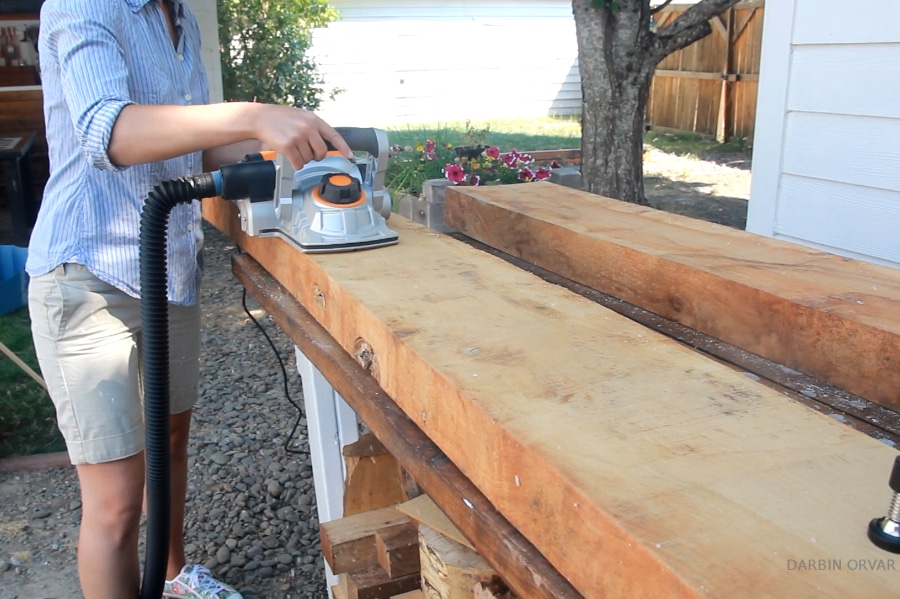
To straighten the wood further, I ran it through my stationary planer on all sides. To re-saw the wood, I decided to use the table saw again because it provided me with the most support, and these pieces were quite large and cumbersome to move around!
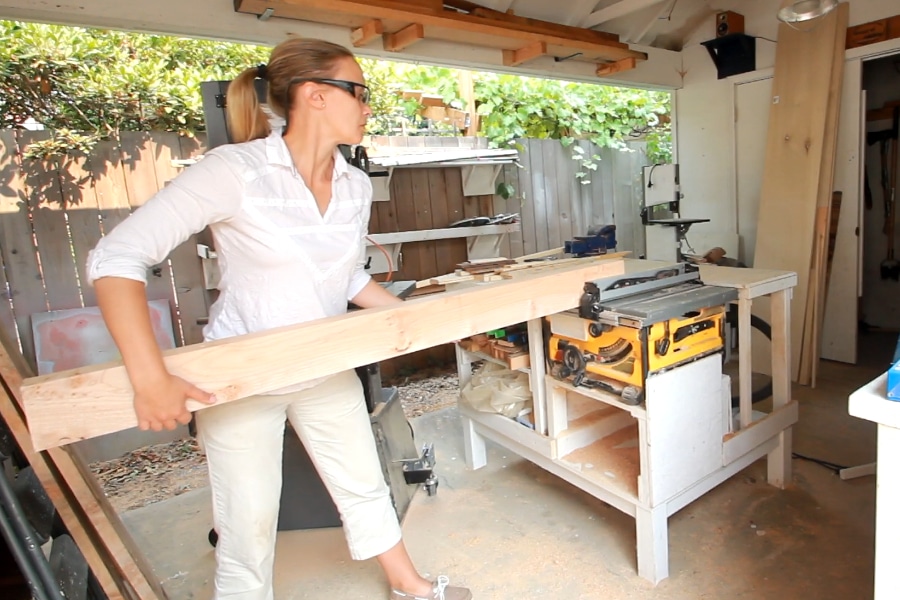
For some finishing touches, I used my hand plane – now it was all about getting the wood to line up, like when you do a butcher block. The wood was absolutely beautiful at this point, with lots of variation in the grain, so I arranged them the way I wanted them and got ready to assemble.
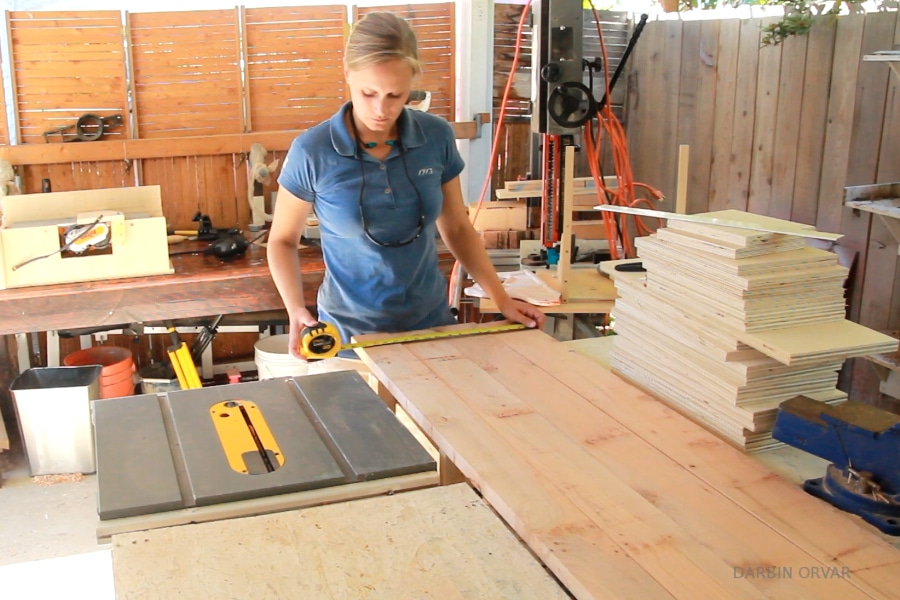
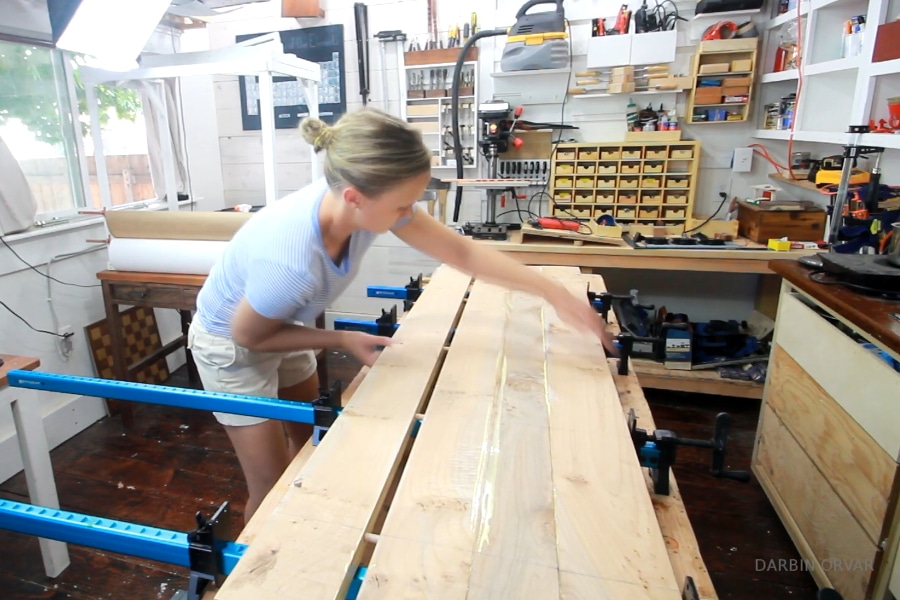

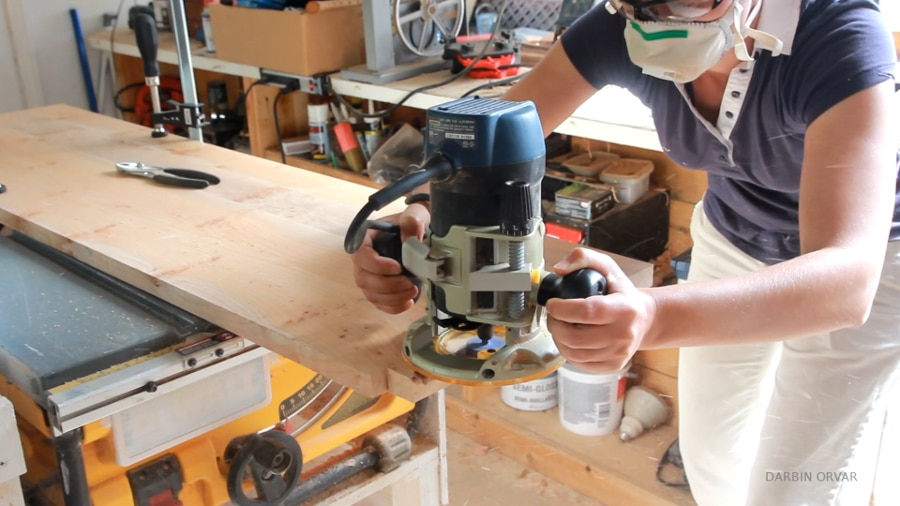
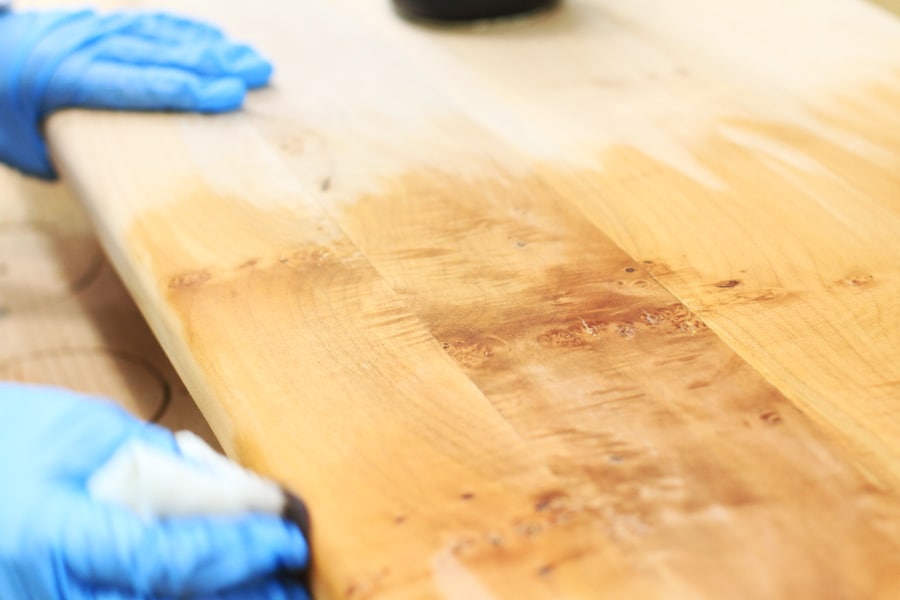
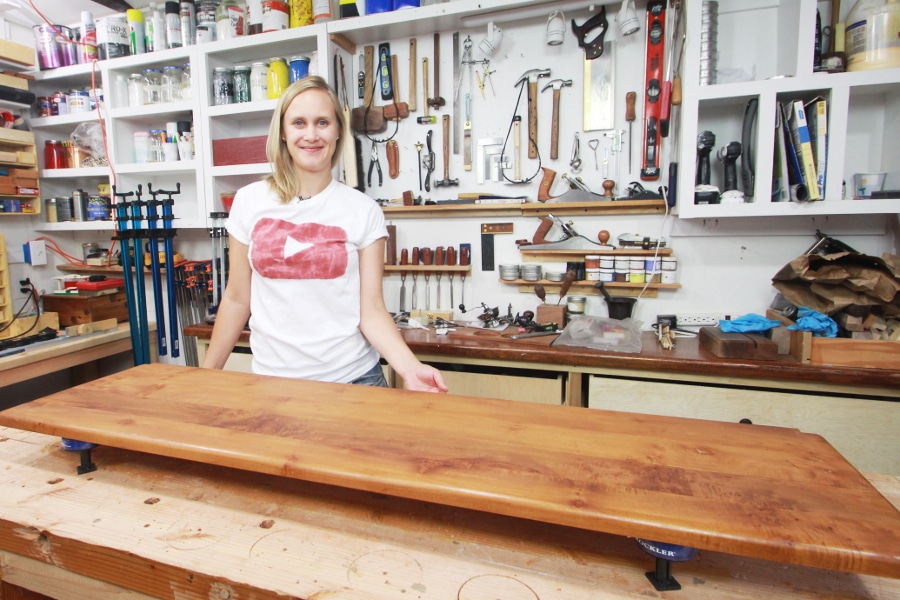

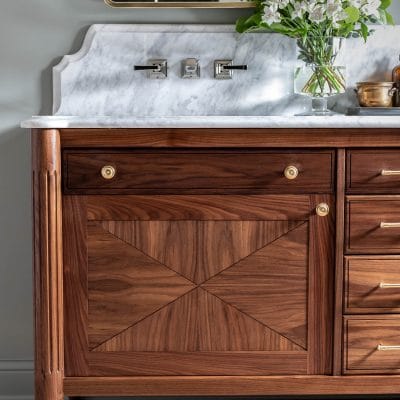
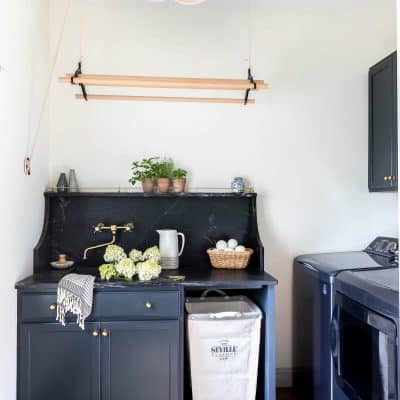
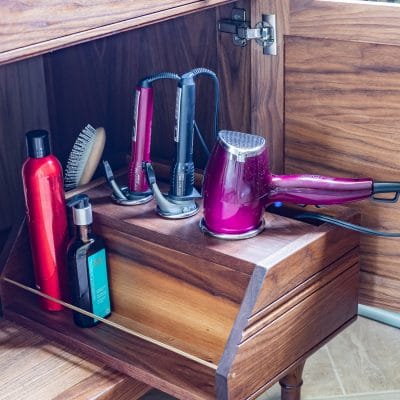
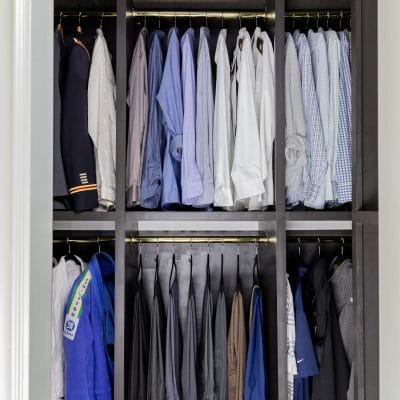
Looks amazing!
Thank you Casey!